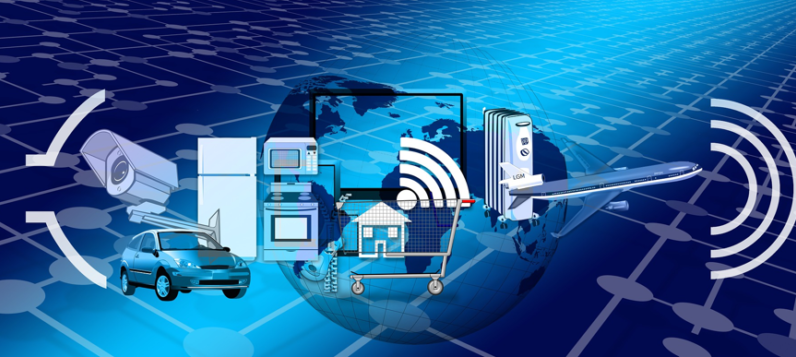
We attended Data Center Dynamic’s Colo + Cloud conference in Dallas this week, and we heard a variety of viewpoints on what the edge means and what drives its growth. The panel discussion, Digital Infrastructure: Future State at the Edge, confirmed what we wrote back in July in our blog post, 5 Ways to Define Edge Data Centers. There are many ways to define the edge, and the definition depends upon the use case. However, something the panelists were able to agree on is what’s driving growth at the edge: Our adoption of ephemeral lifestyles and the desire to be omni-everything.
As a basic concept, the edge is nothing new. For example, branch offices have been collecting data and uploading it to the central office at the end of the business day for years. Today, with new platforms and technologies like social media, wearable tech, smartphones, self-driving cars, etc., every individual is uploading and downloading data that must make its way to and from the data center. Depending on the data center’s distance from the devices, users may experience latency, and technology providers pay more for fiber transport. This is where the need for edge computing comes in, bringing the data closer to the user.
Digital sociologist Dr. Julie Albright, who participated in the panel discussion at DCD Colo+Cloud, explains the need for edge computing as a result of us becoming “untethered.” This is especially true for Millennials. Many of them are adopting ephemeral lifestyles with minimal commitments. Fewer of them buy homes than previous generations. Fewer teenagers are eager to get driver’s licenses. They don’t want the responsibility of owning a vehicle. According to The Atlantic, the number of 16-year-olds who get driver’s licenses is steadily decreasing, and only 24% of 16-year-olds had a license in 2014. Once self-driving cars are available, why would you want to drive anyway? The only thing they are tethered to are devices. From devices they can engage with friends, make new ones, watch movies, watch the news, order food, find a date, get an Uber, and the list continues to grow.
Another way to look at what’s driving edge computing is “the human desire to be omni,” as stated by panelist Eddie Schutter, head of critical infrastructure engineering at eBay. There’s a desire to be omnipresent through social media and communication apps. We can participate from a distance and virtually be in multiple places at once. Virtual reality will enhance this experience. There’s also a desire to be omniscient, to know what everyone is doing all the time, which is also provided by and driven by social media. We use Google, Alexa, Siri and other virtual assistants to find out what we want to know in the moment we have a question. No more waiting.
The more we get everything we want on demand – entertainment, groceries, clothing, medical attention, news from across the world – the greater the demand for computing at the edge.
